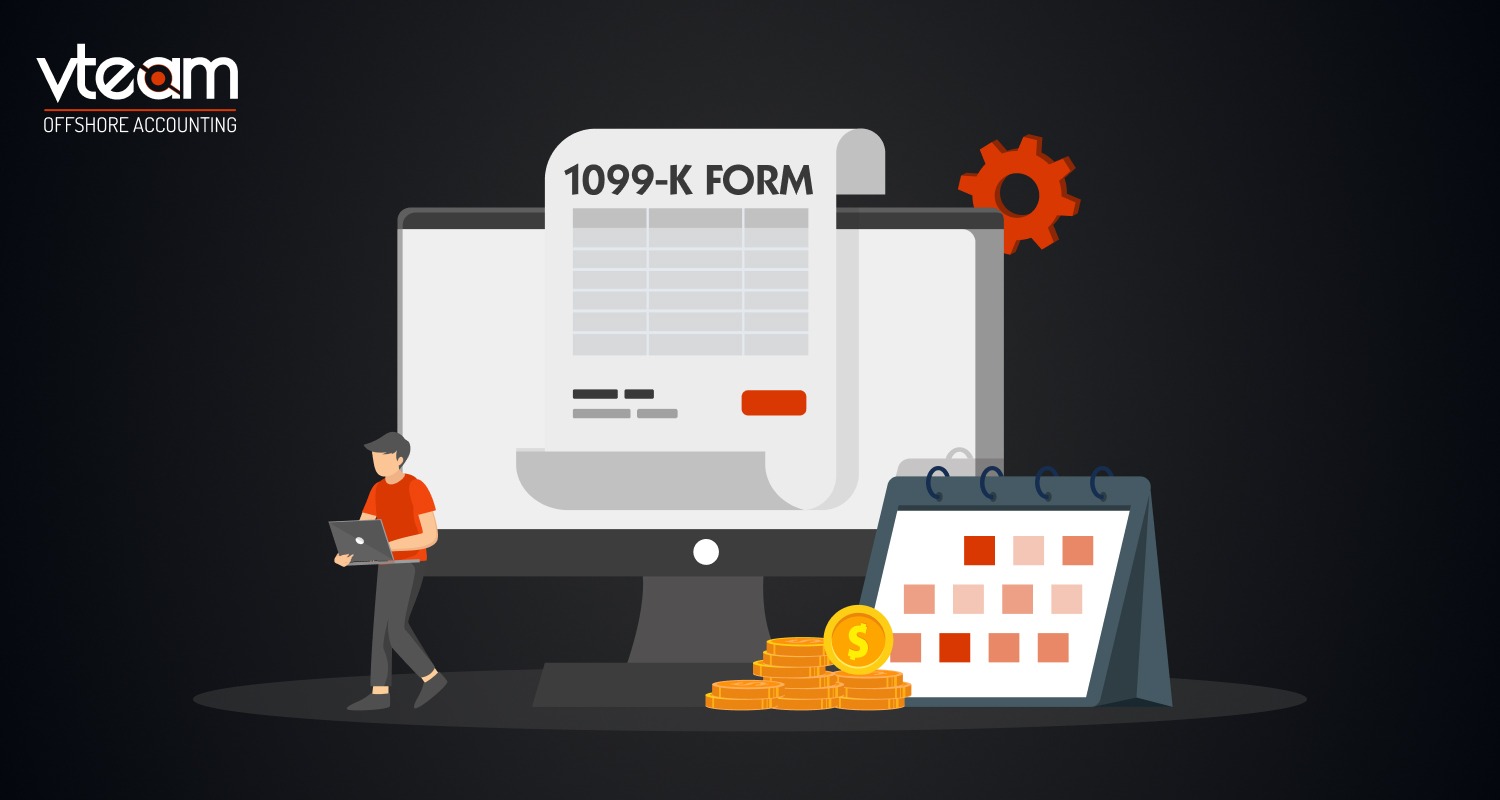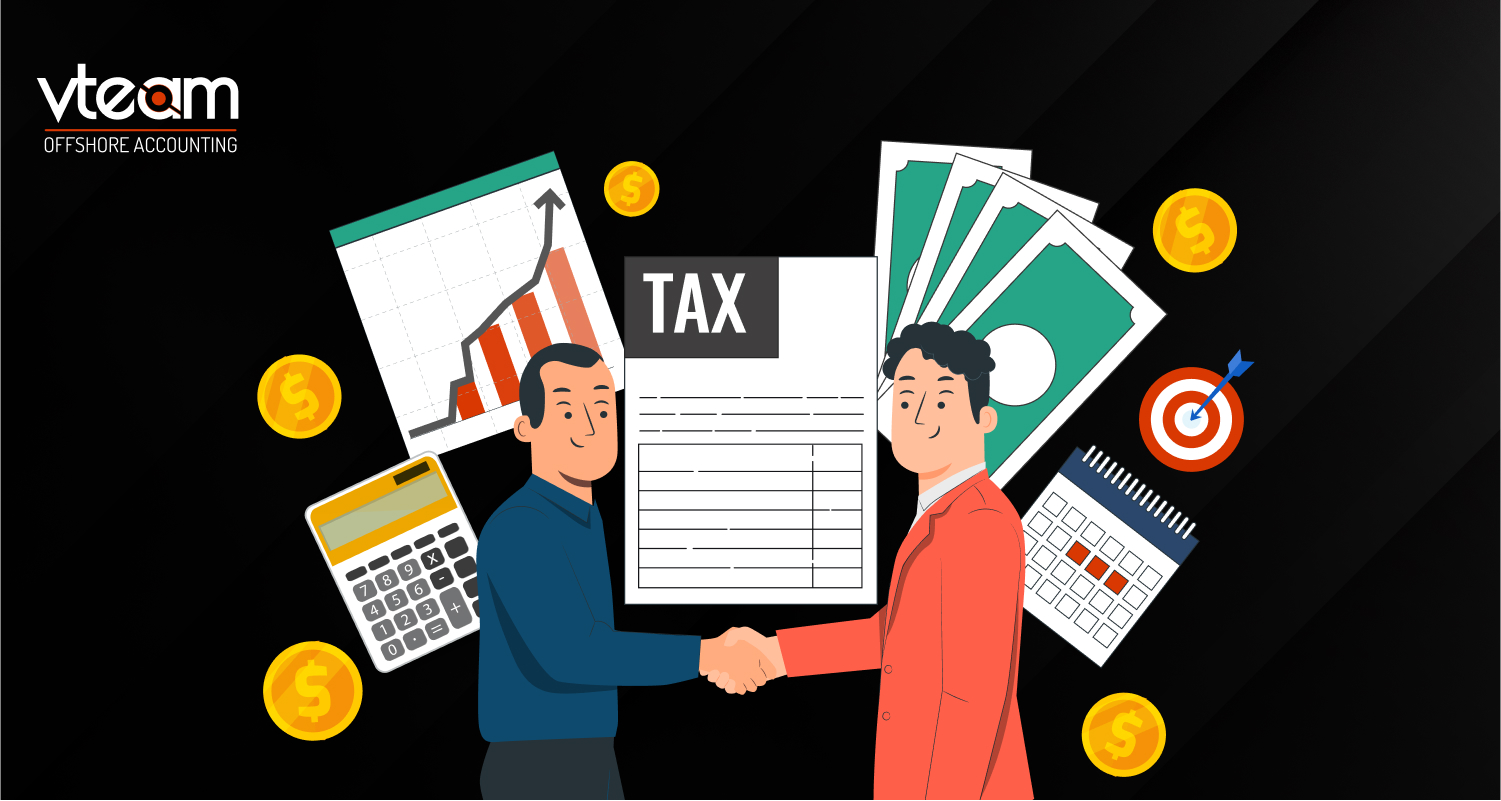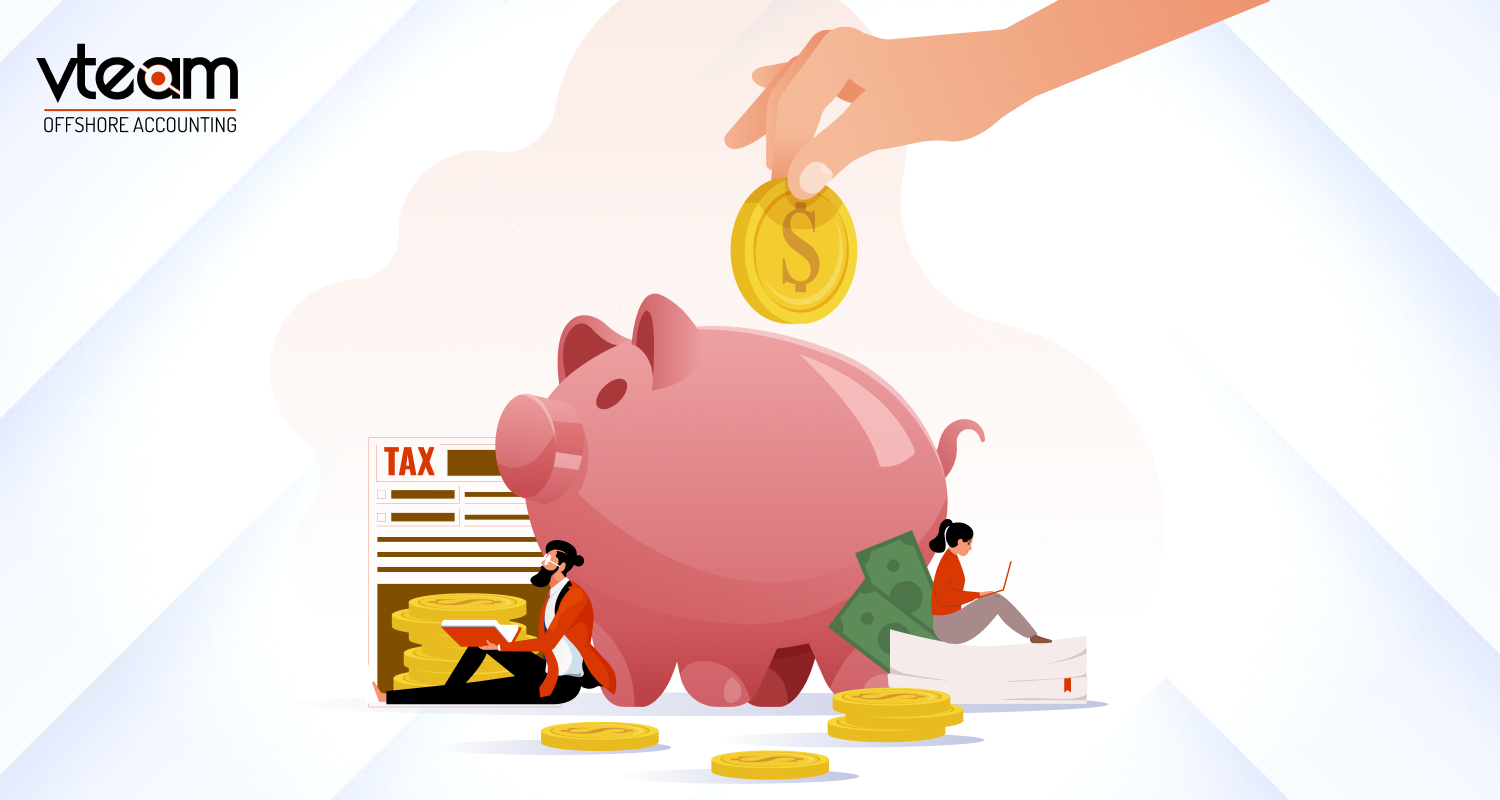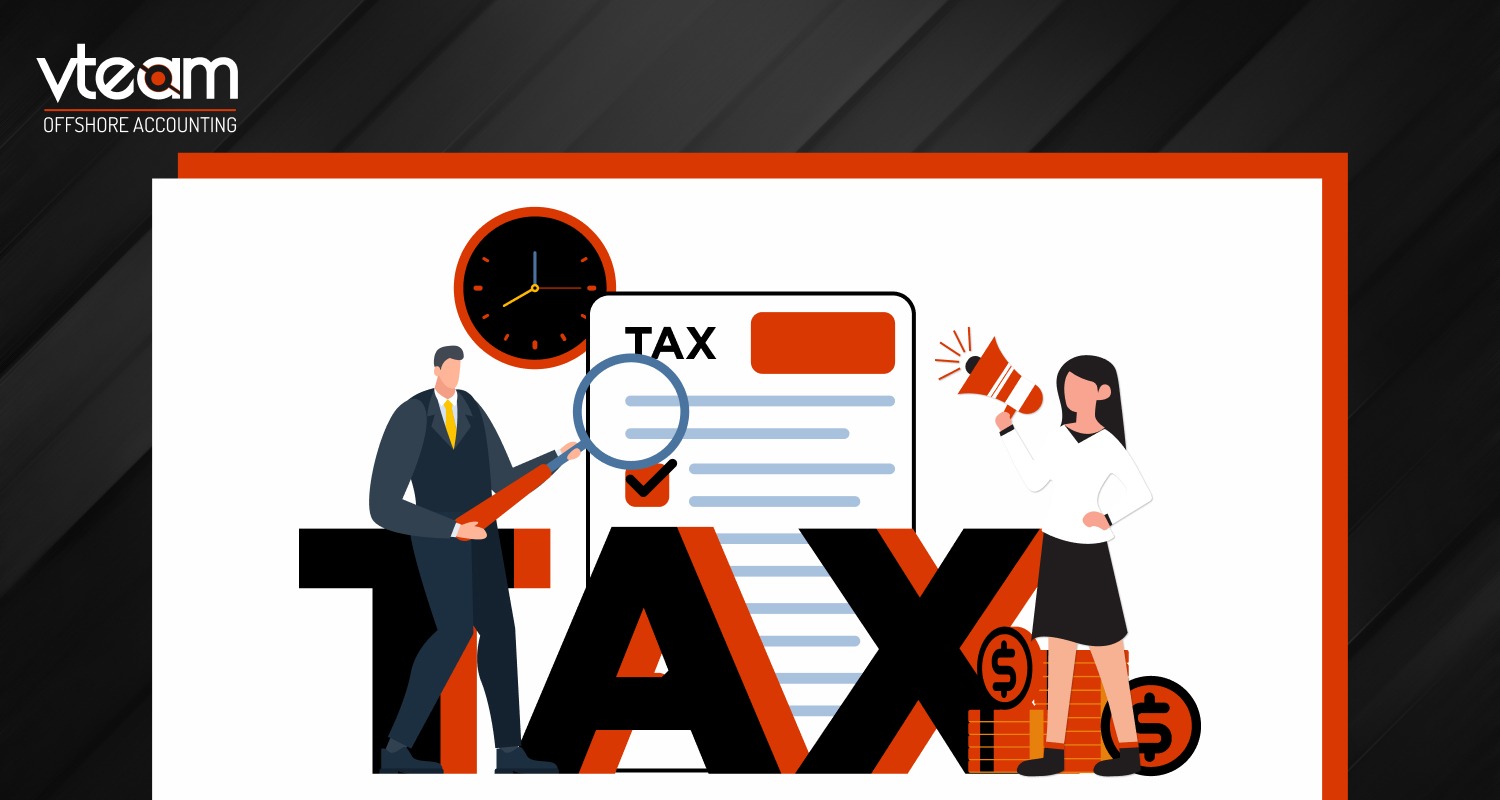Tax season is upon us, and for many individuals and businesses, understanding the various tax forms can be a daunting task. One such form that often raises questions is the 1099-K. In this guide, we’ll break down everything you need to know about the 1099-K form, who receives it, and how to report income for taxes in a user-friendly manner.
What is the 1099-K Form?
Imagine the 1099-K form as your financial report card from your payment processor or online platform. It’s like a friendly reminder from Uncle Sam to let him know about the money you’ve made through online transactions. Whether you’re selling handmade crafts on Etsy or offering freelance services on Upwork, if you’re accepting payments electronically, chances are you’ll get one of these forms.
Now, why is it called the 1099-K? Well, think of it as the IRS’s way of keeping tabs on the cash flow from your online sales or payment card transactions. The “1099” part refers to the series of tax forms used for various types of income, and the “K” specifically signifies income from payment card and third-party network transactions.
Who Receives a 1099-K Form?
Now, let’s talk about who gets this form. If you’re a small business owner, an independent contractor, or anyone else accepting payments online, you might be wondering if you’ll receive a 1099-K. Here’s the scoop:
If your total payments through credit card, debit card, or third-party payment networks like PayPal exceed $20,000, AND you have more than 200 transactions in a calendar year, you’re likely to get one of these forms in the mail. It’s like hitting a milestone in your online sales journey!
But hey, don’t panic if you don’t meet these thresholds. There are always exceptions and exemptions, and it’s essential to stay informed or chat with a tax pro to know where you stand.
Also Read : Stressed To The IRS? Self-Care Strategies For Conquering Tax Anxiety
How to Report Income from a 1099-K
So you’ve received your 1099-K form in the mail. Now what? Here’s where the rubber meets the road:
First things first, don’t tuck that form away in a drawer and forget about it! Take a moment to review it and make sure all the information matches up with your records. Mistakes happen, and you want to catch them early.
Next up, when it’s time to file your taxes, you’ll report the income from your 1099-K on your tax return. For most folks, that means filling out Schedule C (Profit or Loss from Business) or the equivalent business tax form. It’s like filling in the pieces of a puzzle to paint the full picture of your income for the year.
Remember, accuracy is key when reporting your income, so take your time and double-check your numbers. And if you’re ever unsure about how to handle your 1099-K income or run into any roadblocks, don’t hesitate to reach out to a friendly neighborhood tax pro for guidance.
With a little bit of know-how and a dash of organization, tackling your 1099-K form and reporting your income for taxes can be a breeze. So, roll up your sleeves, grab that calculator, and let’s show tax season who’s boss!
Tips for Handling 1099-K Forms
Here are some practical tips to navigate your 1099-K effectively:
- Review and Verify Information: Double-check the information on your 1099-K against your own records. Mistakes can happen, and it’s essential to address any discrepancies promptly.
- Document and Keep Records: Maintain thorough records of your transactions throughout the year. This will help you reconcile your income and expenses accurately when tax season rolls around.
- Seek Professional Assistance: If you’re unsure about how to report income from your 1099-K or if you encounter complex tax situations, don’t hesitate to seek help from a CPA tax accountant or tax consulting services. They can provide personalized guidance based on your specific circumstances.
Potential Challenges and FAQs
As you navigate the tax season, you may encounter some challenges or have questions about the 1099-K form. Here are a few common concerns:
Misconceptions: There are often misconceptions about the 1099-K, such as whether it represents taxable income or gross sales. It’s essential to understand its implications accurately.
Discrepancies or Errors: If you spot any errors on your 1099-K, address them promptly with the issuer to ensure accurate reporting.
Also Read : Clarifying Tax Changes For 2024: What You Need To Know
Conclusion
Navigating tax season and understanding tax forms like the 1099-K can be overwhelming, but with the right knowledge and resources, you can tackle it with confidence. Remember to stay organized, review your documents carefully, and seek professional assistance when needed. By taking proactive steps and staying informed, you can ensure compliance with tax regulations and minimize potential issues down the road.
For businesses looking to streamline their tax preparation processes, consider the benefits of outsourcing tax preparation services. Outsourced tax preparation providers can offer expertise, efficiency, and peace of mind, allowing you to focus on running your business while leaving the tax complexities to the experts. Whether you’re a small business owner, an independent contractor, or a large corporation, outsourcing tax preparation services can be a valuable investment in your financial health and success.
And finally, for those seeking a seamless tax season experience, consider Vteam’s premier outsource tax preparation services. Let our team of expert tax consultants handle the complexities while you focus on growing your business. With vteam, you can trust in accurate, efficient, and reliable tax solutions tailored to your needs.




